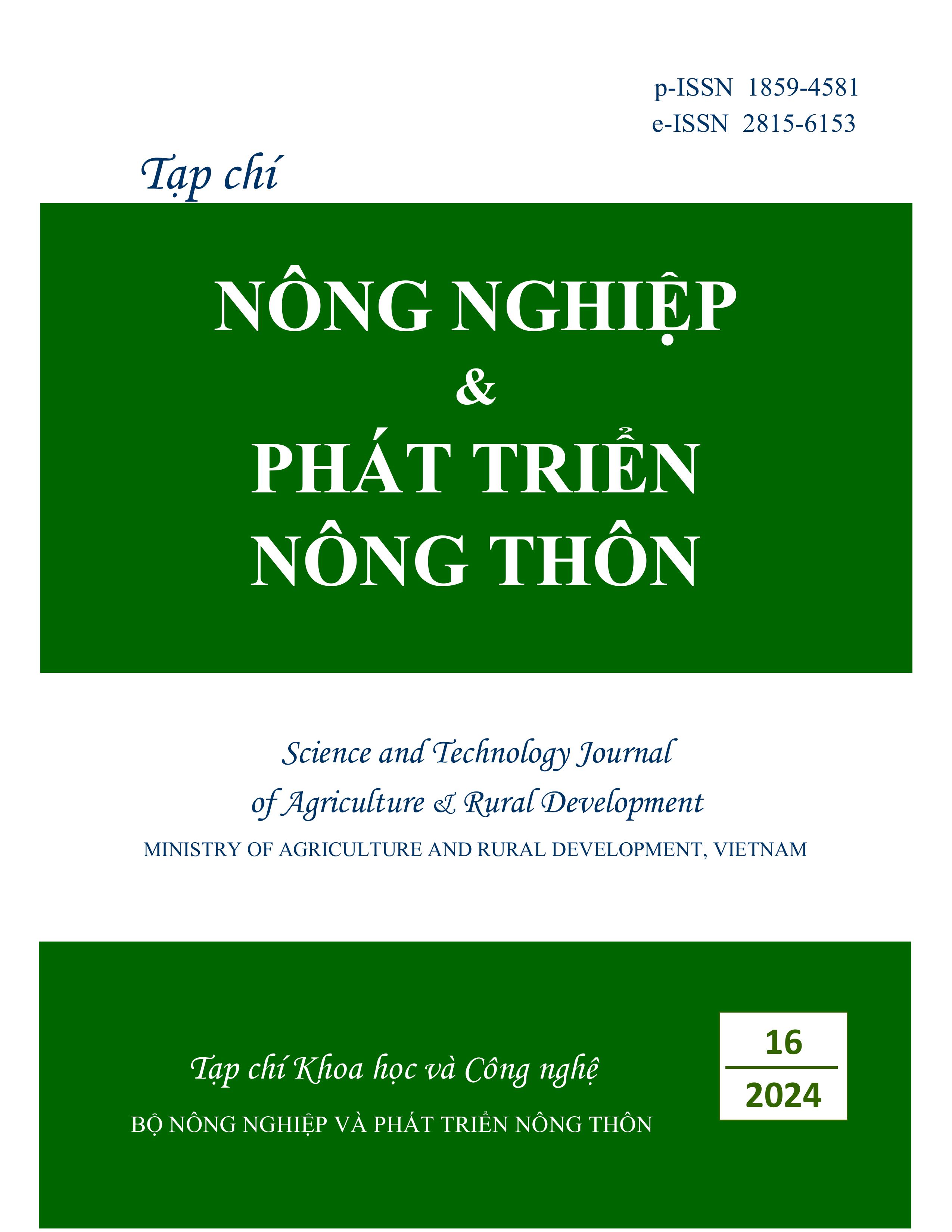A STUDY ON LEAF ANATOMICAL FEATURES AND PHYSIOLOGICAL CHARACTERISTICS OF Bruguiera hainesii C. G. Rogers IN CON DAO NATIONAL PARK, BA RIA - VUNG TAU PROVINCE
DOI:
https://doi.org/10.71254/watygr66Keywords:
B. hainesii, leaf anatomy, photosynthesis, physiologyAbstract
Mangroves consist of a wide variety of tropical trees or woody shrubs like plants growing at the interface between sea and land zones and form an ecologically important ecosystem. B. hainesii belonging to the family (Rhizophoraceae) is a true mangrove tree. This species was discovered in the Dam Quoc area (Hon Ba) of the Con Son archipelago, Con Dao National Park, Ba Ria - Vung Tau province. The current work aims to study various anatomical features and physiological from leaves of B. hainesii collected in Con Dao National Park. The study revealed that B. hainesii light demand is high. The rate of palisade and spongy parenchyma is 2.46. Chlorophyll a is 2.006 mg/l and the rate of a/b chlorophylls in leaves is 6.22. Photosynthetic intensity is 2.03 mg/dm2. The cutin layer in the leaves of B. hainesii is thick. The number of stomata is 235.13/mm2, the magnitude of evapotranspiration is low and water attraction is 21.26 atm. From all the above evidence to conclude that B. hainesii has good drought tolerance. Its leaf tissues come to harm at 55°C and die completely at 60°C. Compared to the highest temperature in Con Dao National Park of 34°C, B. hainesii can withstand heat and still grow well. From the study, it was clear that the morphological and anatomical adaptations to local conditions may allow the trees to maximize their photosynthetic efficiency.






